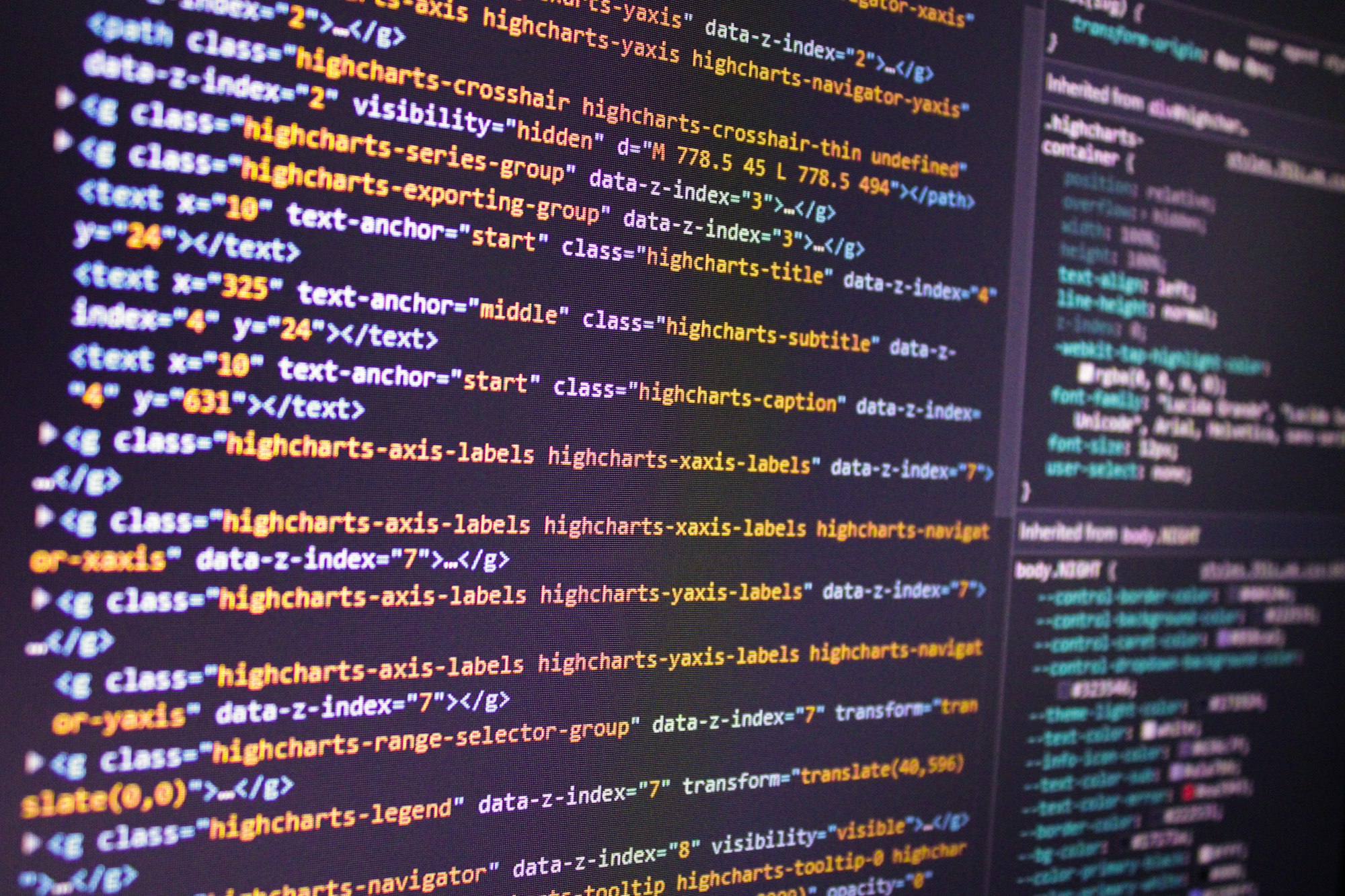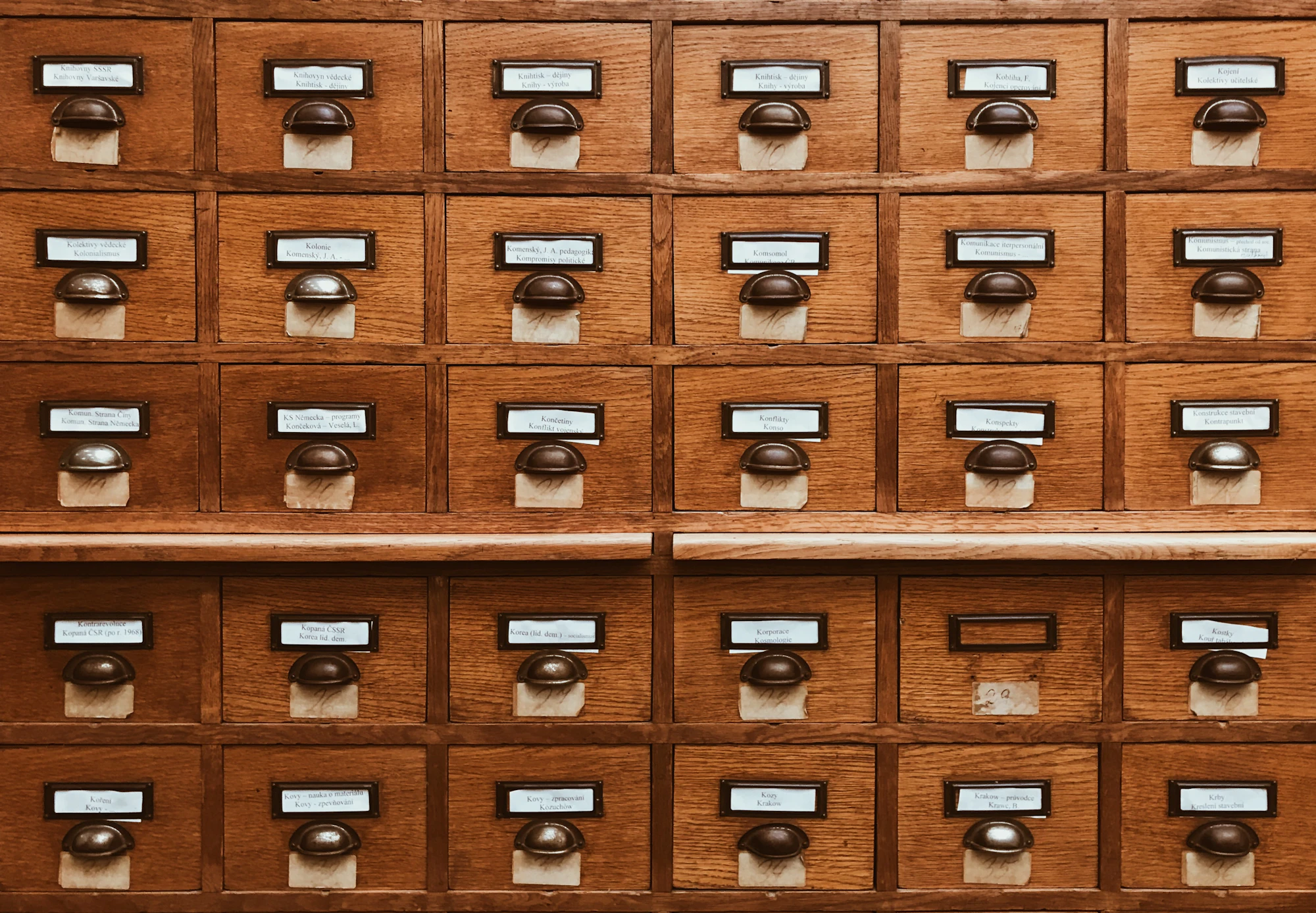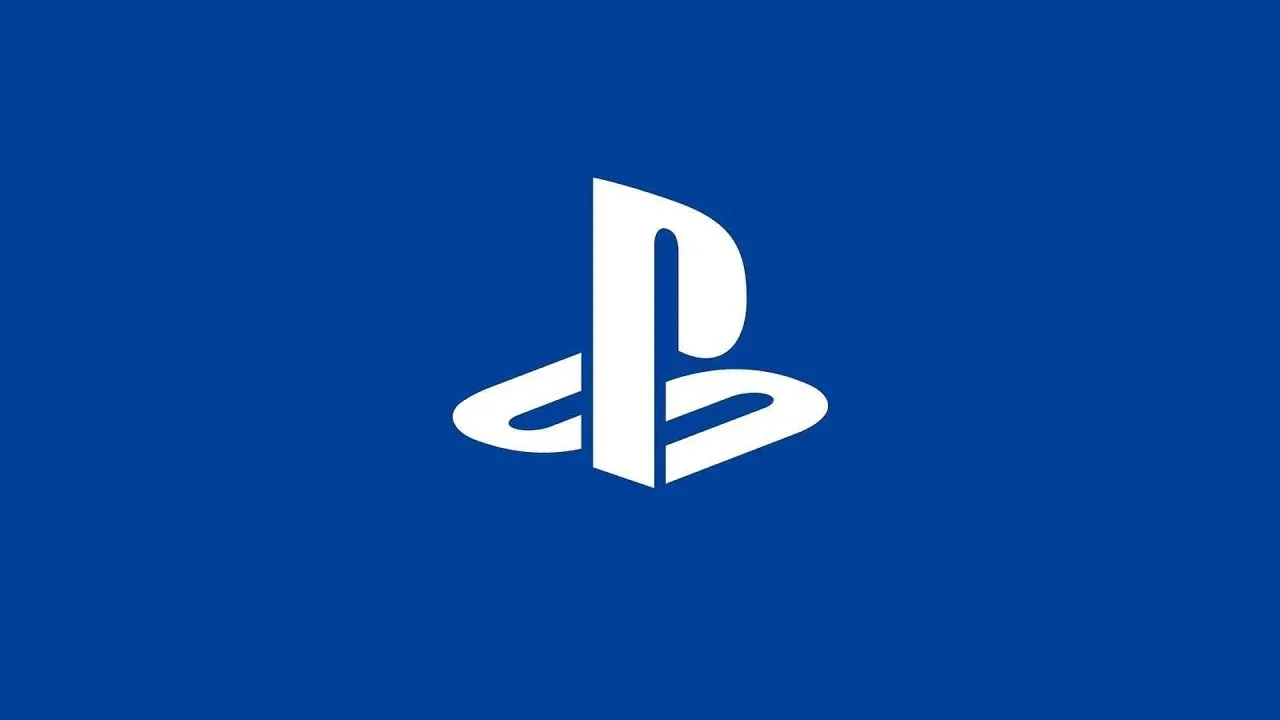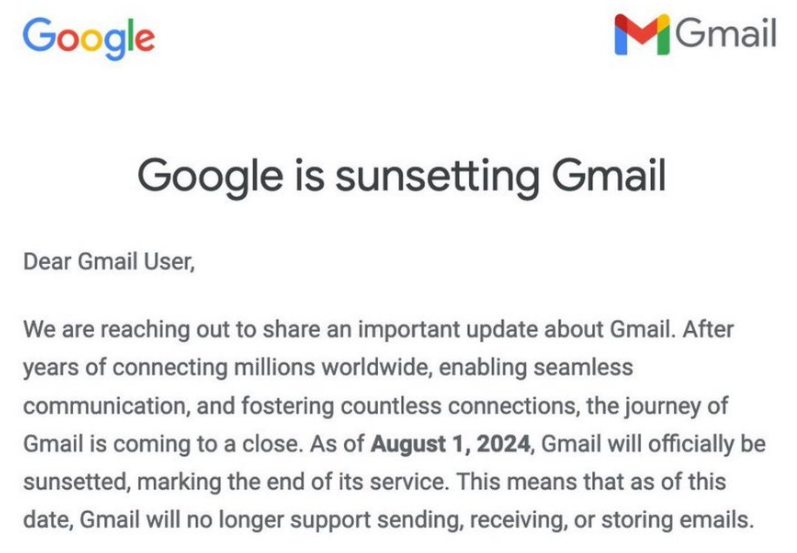Table of contents
This article will answer questions about databases and more as we explore the history of databases and how they have evolved into the complex systems we use today.
A database is a group of related data.
A database is a collection of data organized to support a specific task. The definition can also be broadened to include any system that uses structured data and access methods.
Database management systems (DBMS) are software applications that allow users to perform operations on large data sets over networks or local computer systems. They provide an interface between the user and the database engine, which can be implemented as a program running on one or more computers connected by a network such as TCP/IP or Ethernet.
Why Use Databases?
Databases are used to store and retrieve data. They can be queried, updated, and deleted. Databases can also be shared across an entire organization (or even beyond). If you have a database that stores information about your customers, products, employees, or any other type of record that needs to be stored in one place, it makes sense to create one!
What do Databases do?

Databases are used to store and retrieve information. They are also used to store data, which can be anything from a name to an address or a phone number. In order for you to find out what someone's phone number is, you would need access to their database in order to find it out.
A database is an organized collection of related information that can be accessed by queries (a way of asking questions). Queries usually involve selecting specific fields based on criteria such as value or type. The result returned by these queries are called results, the way results are displayed on the type of query being executed.
The Relational Database Management System (RDBMS)
A relational database is a collection of data stored in tables. Each table has rows and columns, just like your address book or phone directory. Each row represents some unique thing (like the names and addresses of all your friends), while each column contains information about that thing (like their phone numbers).
A good RDBMS lets you easily create these kinds of databases by snapping together individual pieces: say, a table for each friend, with columns containing their name, address, birth date, and other information about them. Then you can add more tables to store other types of data—for example; another table might include information about where they live—and then combine those into larger ones like "my friends from high school" or "the people I've been dating lately."
SQL and Other Database Languages

SQL is the most common database language. It's used to create and maintain databases, but it's also used to query and manipulate data in a database. SQL is a declarative language—you tell the system what you want it to do, rather than telling it how you want it done—and high-level as well: while SQL can be used by anyone who knows how to use English (or any other programming language), there are specialized computer programs called "data marts" that use an even higher level of abstraction called Structured Query Language (SQL).
In short: if you're looking for flexibility in your database solution, then stick with relational databases; if speed is key, then look into NoSQL or column-oriented architectures like Hadoop HDFS, etc., but make sure whatever solution you choose has strong support for ACID transactions, before committing!
A Brief History of the Database
A database is a collection of data organized in such a way that it can be searched and manipulated. Databases come in many different forms and are often associated with specific types of data:
- Relational databases consist of tables that contain rows and columns (fields). Each row represents an individual object or object group, called a record. The columns are the fields within each row; they hold information about the record's attributes or characteristics (e.g., name, age). For example, if we wanted to find all people who live in California but have no children yet (which might also mean they don't own property), this query would look something like this:
SELECT * FROM Person WHERE Age > 18 AND Gender = "Male";
This query returns two results: one for each person with age over 18 years old who identifies as male—and no children!
Databases are everywhere, but what exactly are they?
A database is a collection of data that can be stored in many different ways. Data can be stored on hard drives, memory sticks, and CD-ROMs, but it's also possible to store data in the cloud. The most common way of storing data is by putting it into a database. This means that you have a place where your information will be available when needed (like when looking up something).
Conclusion
Databases are very useful tools, and they can be used in many ways. They are especially useful when you need to store information that is related—for instance, if you want to save multiple types of data altogether. This means that we can organize our lives more efficiently by keeping all our important information in one place!













